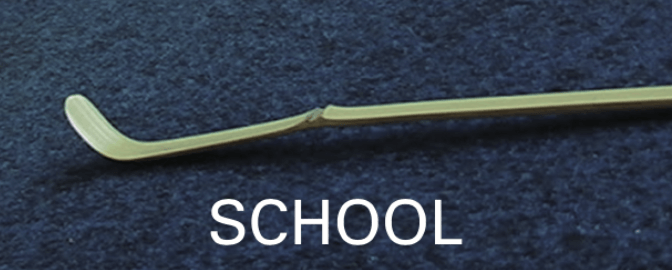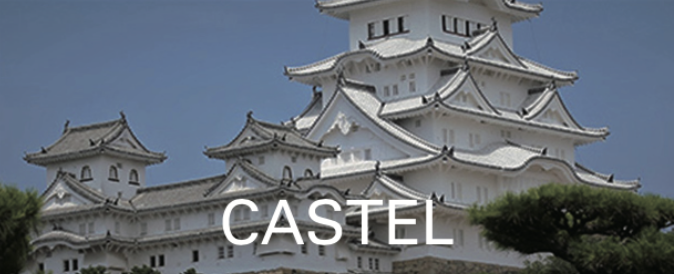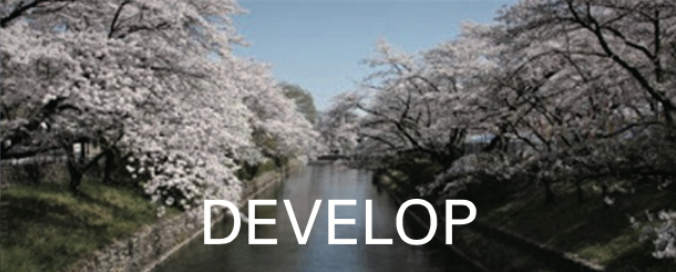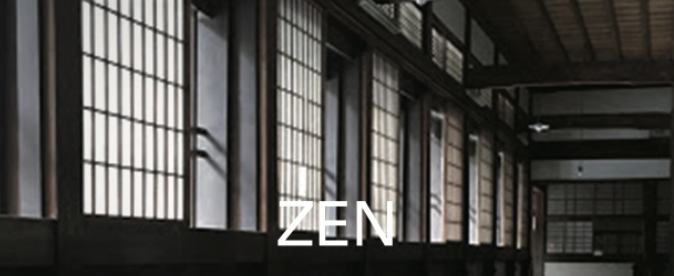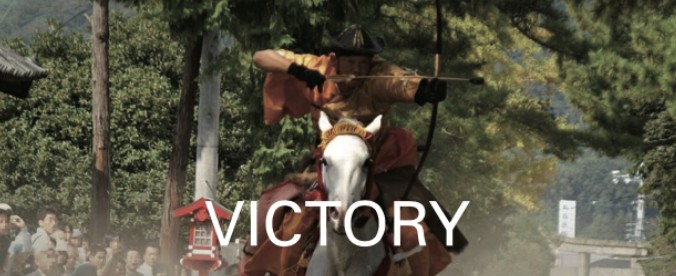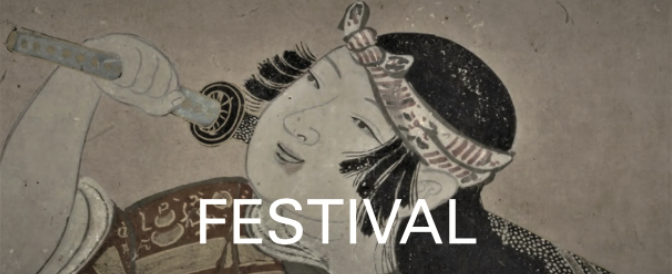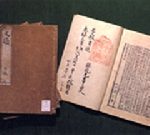
The Ashikaga Gakko School, restored in 1990, is a historic site, which Uesugi Norizane (1411 – 1466), who was appointed as Kanto Kanrei in 1419, as an assistant to Kanto Kubo, donated national treasure books in 1439. Kamakura Kubo, was a title equivalent to a shogun and controlled the Kanto region under the Ashikaga shogunate, from 1349 to 1455.
This school was introduced as ”the largest school in Japan and it is the college of Bando, Kanto area” by Franciso de Xavier (1506 – 1552), who was the co-founder of the Society of Jesus and the first Christian missionary to venture into Japan.
This school has the oldest Confucius’s Mausoleum in Japan and has an experience program for reading a text of Rongo, the Analects of Confucius, aloud without trying to understand it.

Tocha, a tea-tasting contest, is an elegant competition to recognize the taste differences in teas. It started in the Tang Dynasty (618 – 907) and developed in the Song Dynasty (960 – 1279). Tocha arrived in Japan during the Kamakura period (1185 – 1333) and established the form in the Muromachi Period (1366 – 1573). There was also a competition for the furnishings and the standard of beauty for the Tocha, which also began in the Muromachi Period (1366 – 1573).
Shirakubo flourished as a Market Town in the basin that poured in from the Agatsumagawa River and the Shimagawa River. Shirakubo’s Ochako, a tea event with the same form as Tocha, was described in Onchako Oboecho, a recorded notebook of tea incense in 1799.
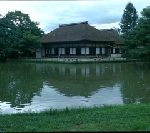
Yubikan was restored after the Great East Japan Earthquake of 2011. O-aratame-dokoro, the main building was built with a thatched roof and contained a Shoin, drawing room, that was the place of study. Date Masamune (1567 – 1636), a Japanese feudal lord, the founder and the first lord of the Sendai Domain, used to stay at Iwadeyama, a castle of the feudal lord. After Masamune moved to Sendai Castle, Iwadeyama was ruled by a family of the Date clan in the Sendai Domain.
The main building was a place of study for the children of the retainer of the Iwadeyama Date family. The garden, which garden was developed later, has a path around a central pond, borrowed from the landscape of Iwadeyama Castle Honmaru, the keep of the castle Cliff. Apare, admirable.

The Uesugi family had its possessions reduced to a quarter, after the Battle of Sekigahara in 1600, by Tokugawa Shogunate Tokugawa Ieyasu (1543 – 1616), the founder of the Tokugawa Shogunate. Uesugi’s family and followers crossed the Hibaratoge Pass. They built Rinsenji Temple at the south of Yonezawajo Castle in 1617, as the Uesugi’s family temple, which was modeled after Rinsenji Temple in Echigo Province.
This temple’s garden is a splendid landscaped by Shatsukei, borrowing the landscape of all four slopes, which is like the foot of Mt. Kasugayama. This garden conveys the aesthetic sense of Uesugi Kenshin (1530 – 1578), the feudal lord of Echigo Province, like a source of innocence.
